Scientists Left Baffled After Examining Artifacts Left Behind by Medieval Alchemist
During an examination of several artifacts procured from the lair of a Medieval astronomer, researchers stumbled upon a fascinating discovery that challenges our understanding of early chemistry.
After carefully analyzing several items recovered from Tyco Brahe’s laboratory, researchers suggest the fabled astronomer had discovered an element not yet known to the world and may have used it in the production of medicine.
Who is Tycho Brahe?
Tycho Brahe was a 16th-century Danish astronomer whose research significantly contributed to the development of astronomical instruments and measurements for future researchers.
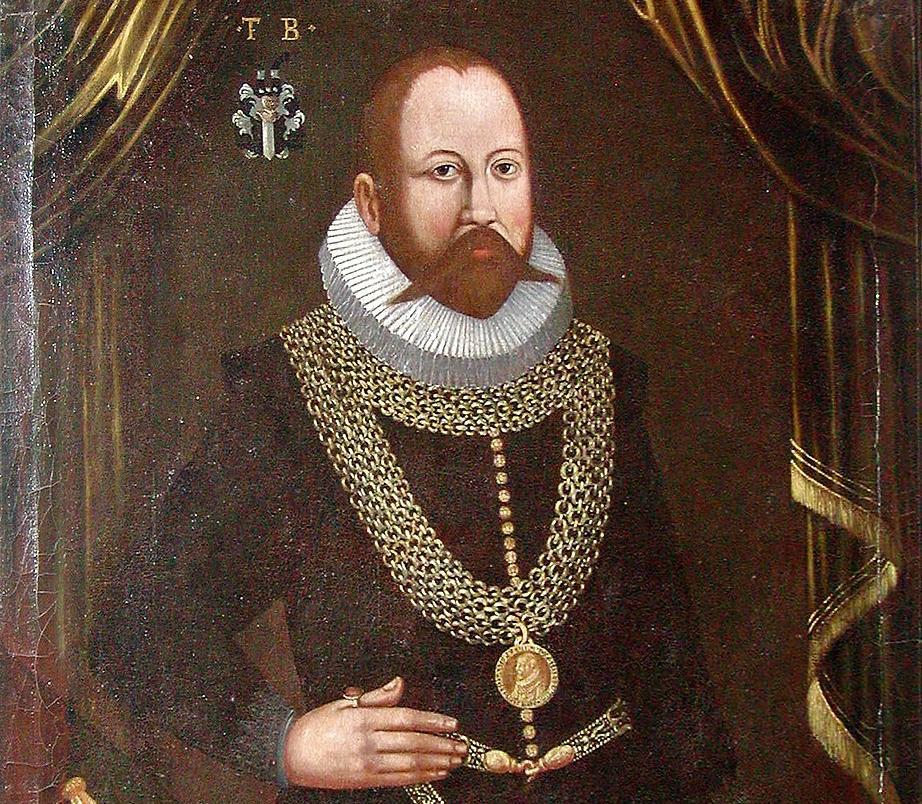
Source: Wikimedia
Before the invention of the telescope, Brahe’s observations accurately detailed more than 770 fixed stars. While considered a great astronomer, researchers also note Brahe was a practicing alchemist who experimented with elements in an attempt to heal disease, among other things.
Alchemy and the Study of the Elements
A belief held in high regard by medieval alchemists was that with the right combination of elements, i.e., earth, fire, air, and water, any substance on our planet could be formed.
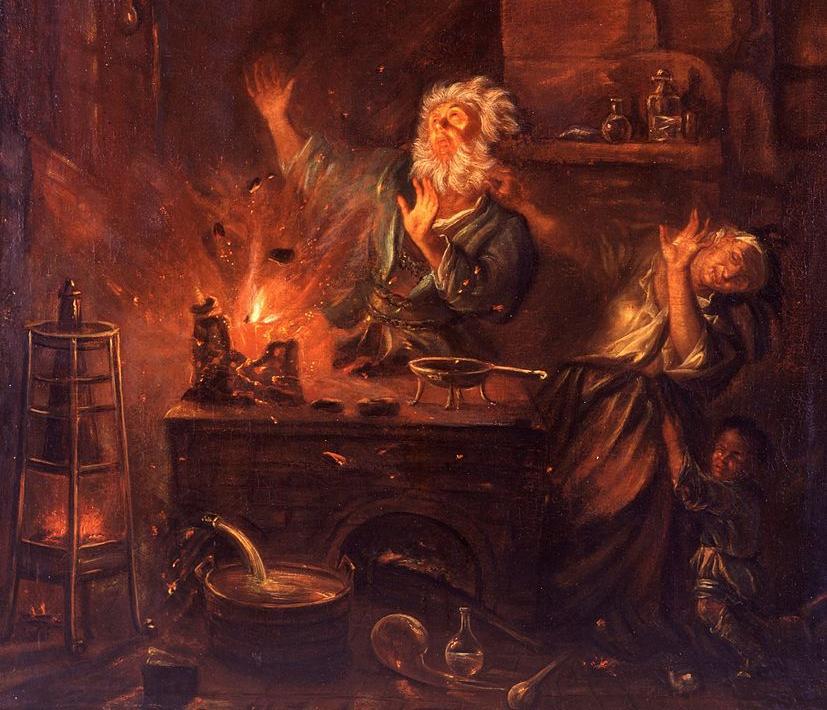
Source: Wikimedia
Modern researchers often suggest alchemy was a form of “proto-science.” However, it generally involved a much more philosophical or spiritual interpretation of the Earth’s elements, and the results of their experiments were explained as magic or divine intervention.
Medieval Alchemists Mixing Medicines in his Laboratory
A recent study conducted by researchers and published in the journal Heritage Science sheds light on Brahe’s experiments in which we mixed various medicines together in his laboratory. Today, we refer to such an experiment as the mixing of proprietary blends.
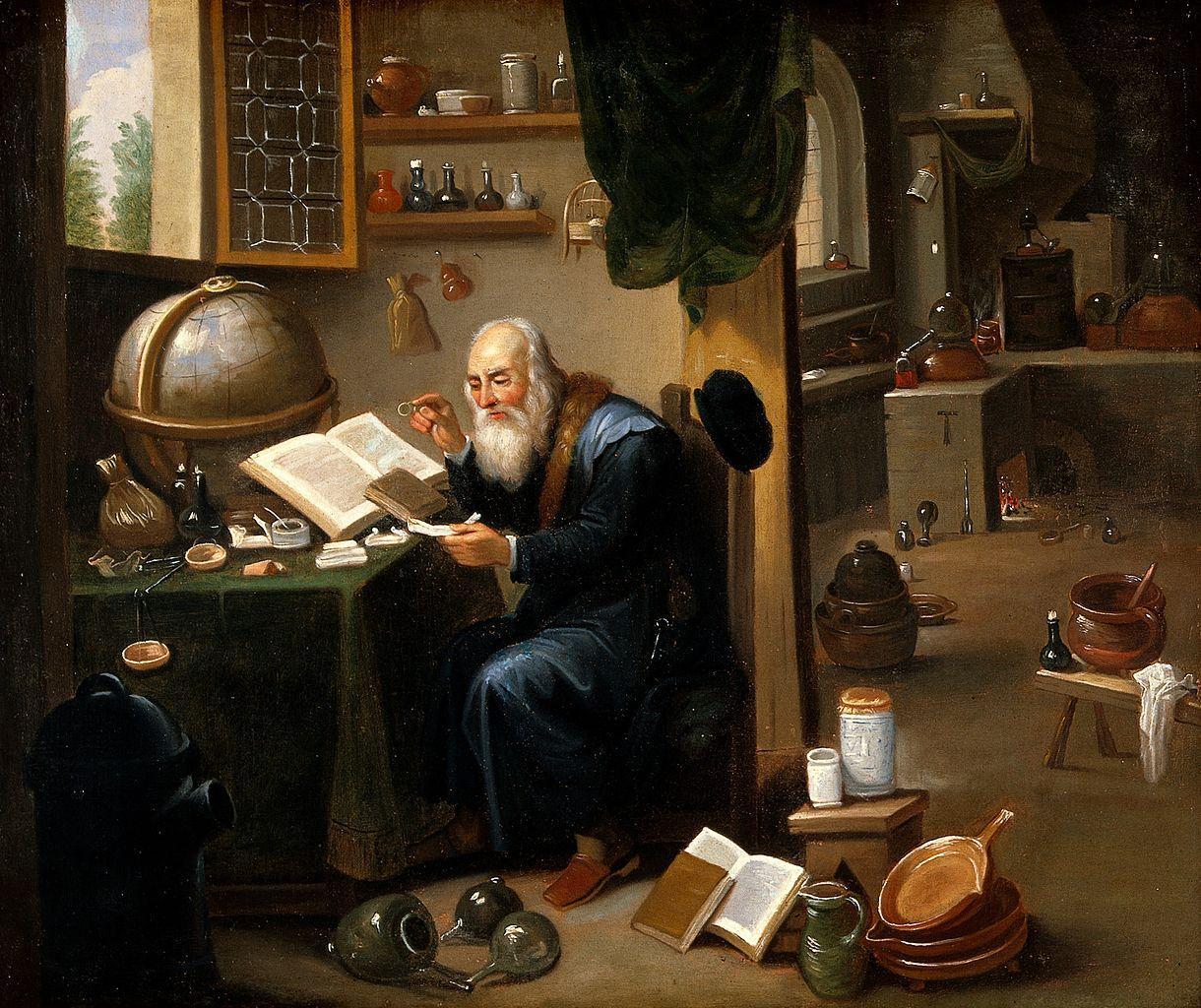
Source: Wikimedia
The study’s results came following an investigation of the remains of Brahe’s observatory, which once stood on the island of Ven in Sweden.
Alchemical Shards Found at Ruins of Medieval Observatory
The castle-like observatory was dismantled shortly after Brahe died in 1601.
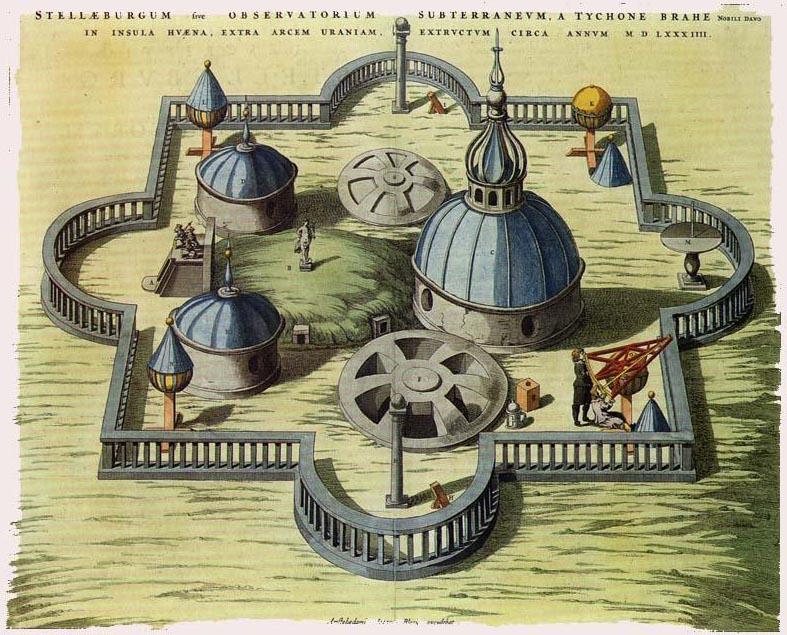
Source: Wikimedia
Despite this, a team of scientists working out of the University of Southern Denmark stumbled upon shards of glass and ceramics that are thought to have come from the mysterious laboratory once found in the basement of his observatory.
Researchers Examine the Shards From Brahe’s Observatory
The scientists behind the study explained that they tested the various shards for trace elements using mass spectrometry.
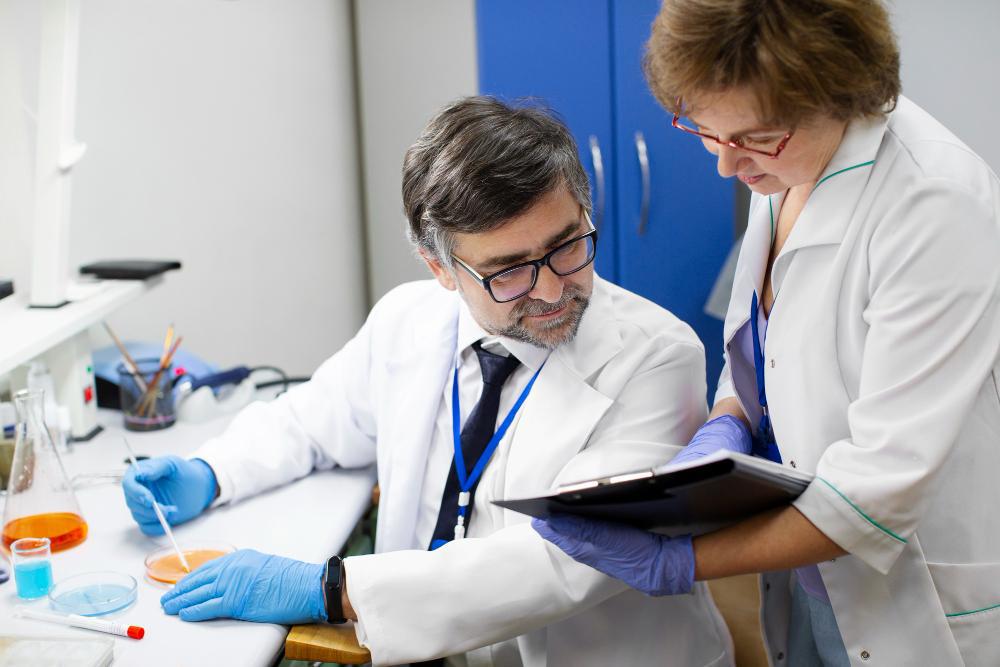
Source: Freepik
While the researchers explained the results, tests showcased several expected elements, including copper, zinc, nickel, and gold, one unexpected element left them utterly dumbfounded.
The Discovery of an Unexpected Element
After carefully checking their results, the researchers were shocked to reveal that tungsten was present, a metal that wasn’t classified as an element until almost 200 years after Brahe’s death.
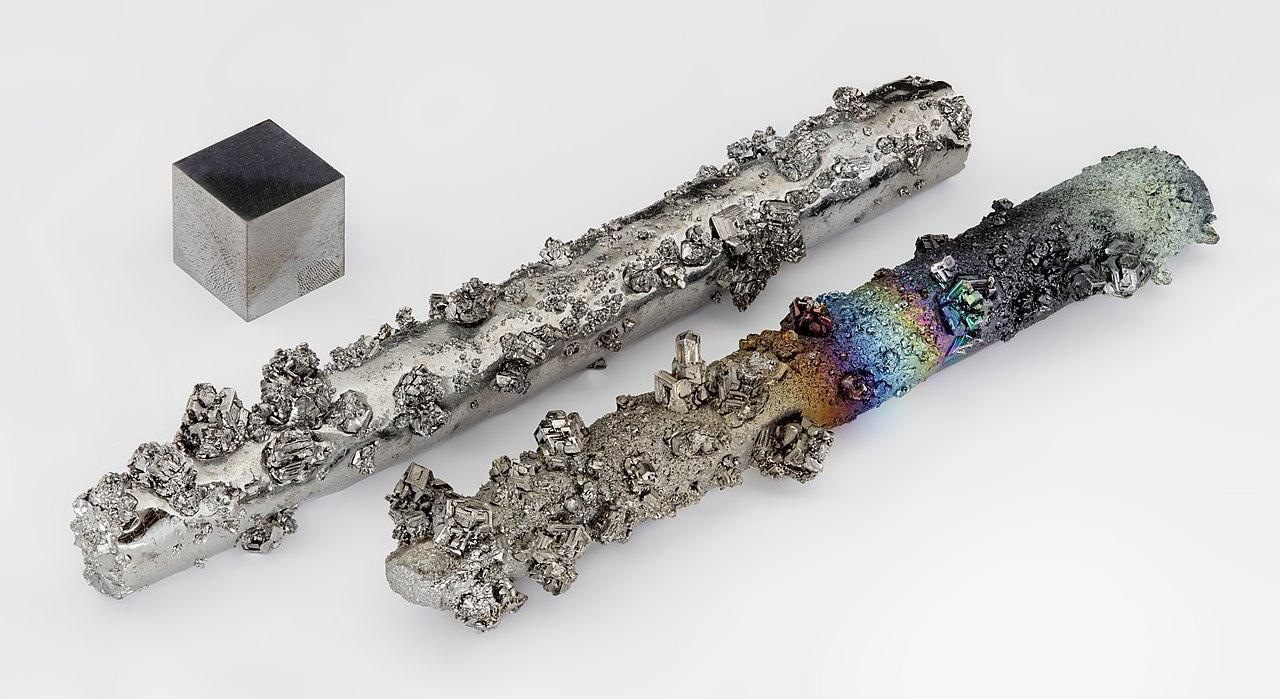
Source: Wikimedia
The presence of “Tungsten is very mysterious,” said Kaare Lund Rasmussen, an archaeometry expert at the University of Southern Denmark. “Tungsten had not even been described at that time, so what should we infer from its presence on a shard from Tycho Brahe’s alchemy workshop?”
Creating Secret Medicines for European Elites
According to Rasmussen, the presence of tungsten in Brahe’s laboratory is mysterious and a question to which they don’t have an answer.
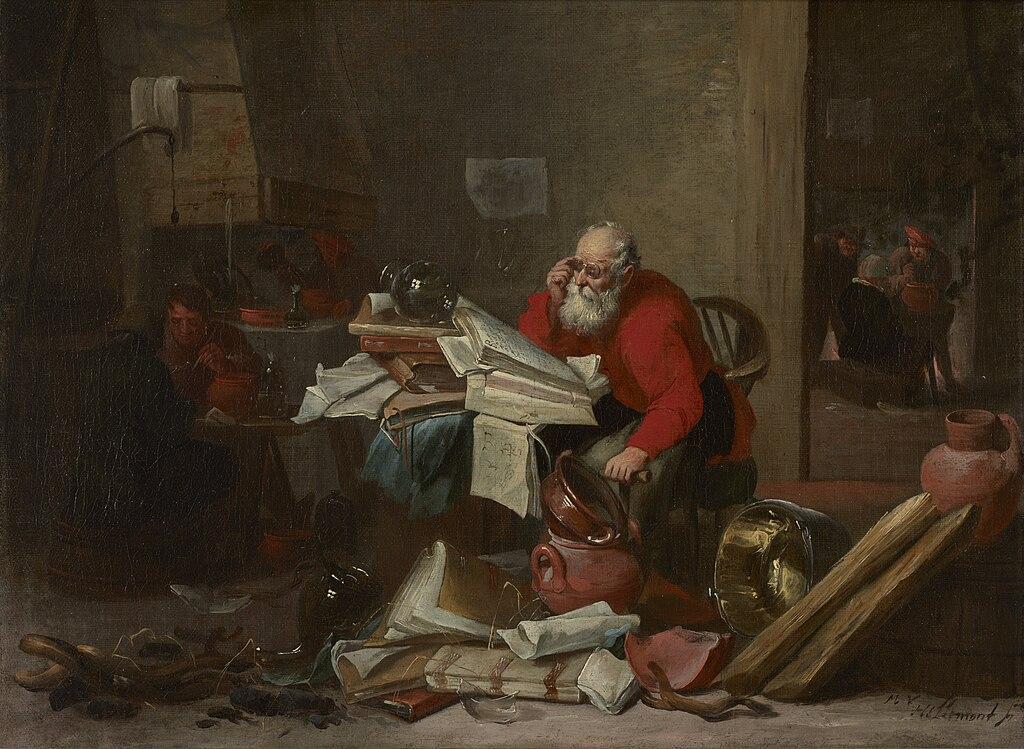
Source: Wikimedia
While it does naturally occur in certain minerals, suggesting this is how it ended up in the astronomer’s possession, some have proposed that Brahe had discovered the secret substance and administered it as medicine to the elites of Europe.
Tungsten First Documented by German Chemists
According to Rasmussen, tungsten was first documented by German chemists in the 1780s, who named it Wolfram. “Maybe Tycho Brahe had heard about this and thus knew of tungsten’s existence,” she said.
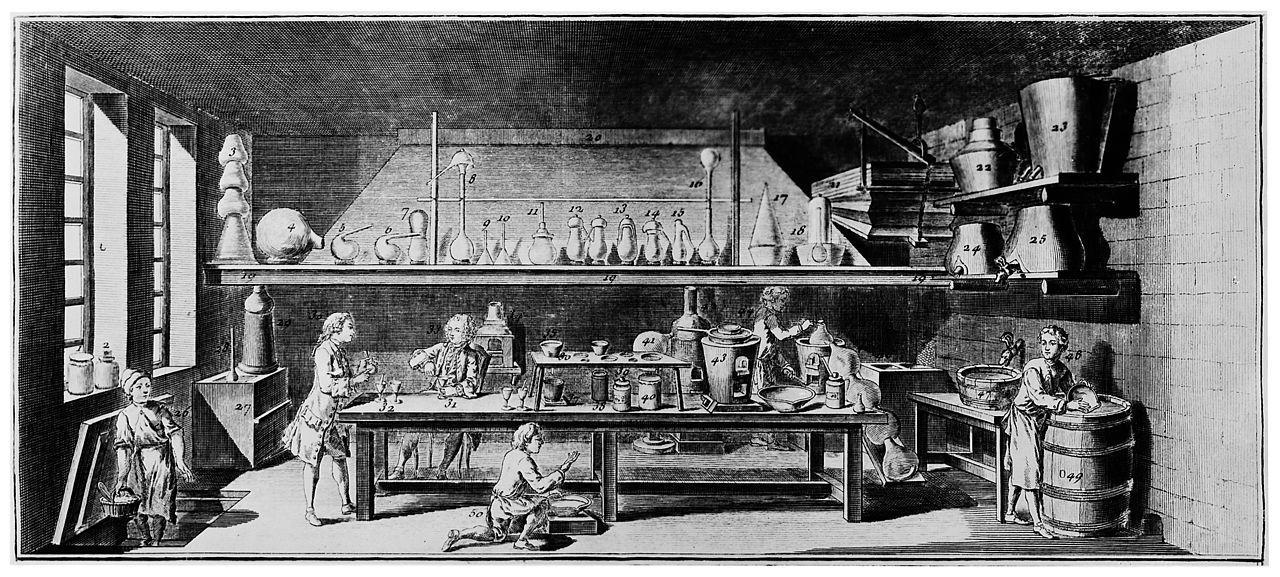
Source: Wikimedia
The archaeometrist added, “But this is not something we know or can say based on the analyses I have done. It is merely a possible theoretical explanation for why we find tungsten in the samples.”
Tungsten From Astronomers Lab Found in High Concertations
What also fascinated researchers is that the tungsten discovered from shards at Brahe’s lab was found in high concentration.
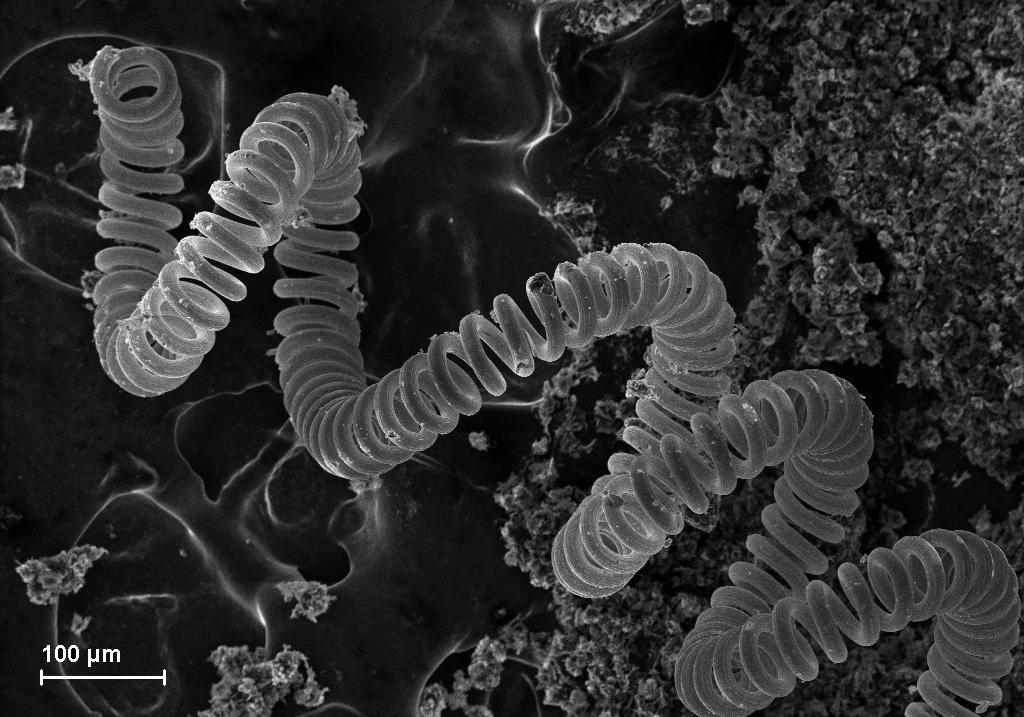
Source: Wikimedia
“Most intriguing are the elements found in higher concentrations than expected,” Rasmussen said, “indicating enrichment and providing insight into the substances used in Tycho Brahe’s alchemical laboratory.”
Medieval Alchemists Didn’t Like to Share Secrets
The study of alchemy during the medieval ages and the creation of medicine was shrouded in secrecy, and practitioners were reluctant to share their findings.
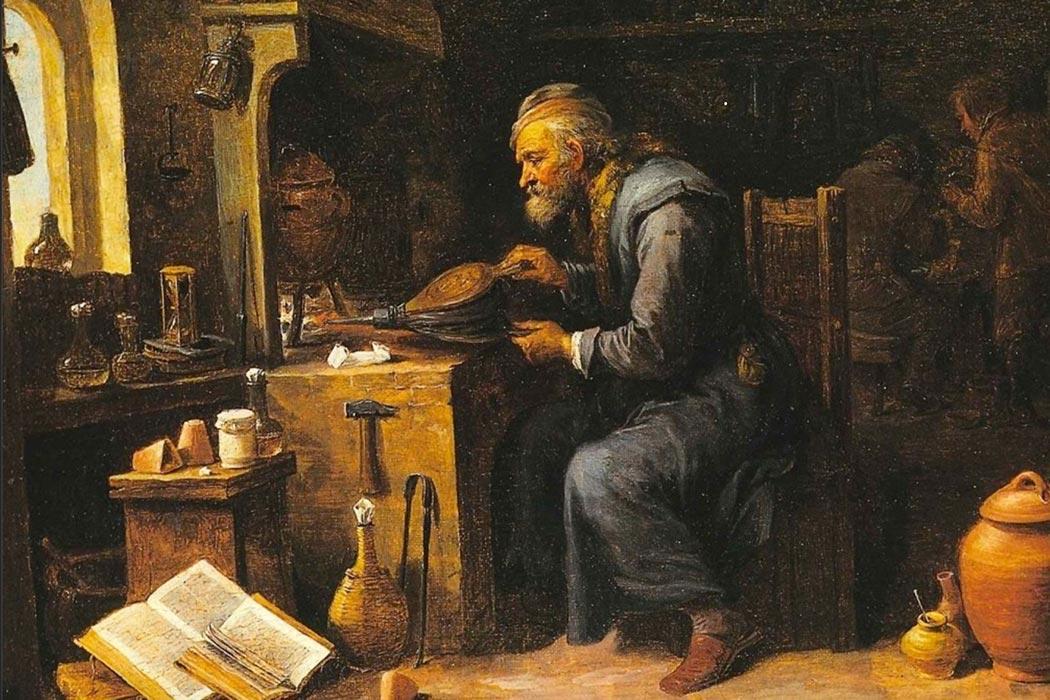
Source: JSTOR
Brahe was one figure who devised a formula to combat the plague. It’s thought his recipe contained around 60 ingredients, ranging from opium and copper to oil, herbs, and snake flesh. Could it also have included tungsten? We may never know the answer to this question.
A Connection Between the Heavenly Bodies and the Body’s Organs
During a statement, Poul Grinder-Hansen, senior researcher and museum curator at the National Museum of Denmark, said: “It may seem strange that Tycho Brahe was involved in both astronomy and alchemy, but when one understands his worldview, it makes sense.”
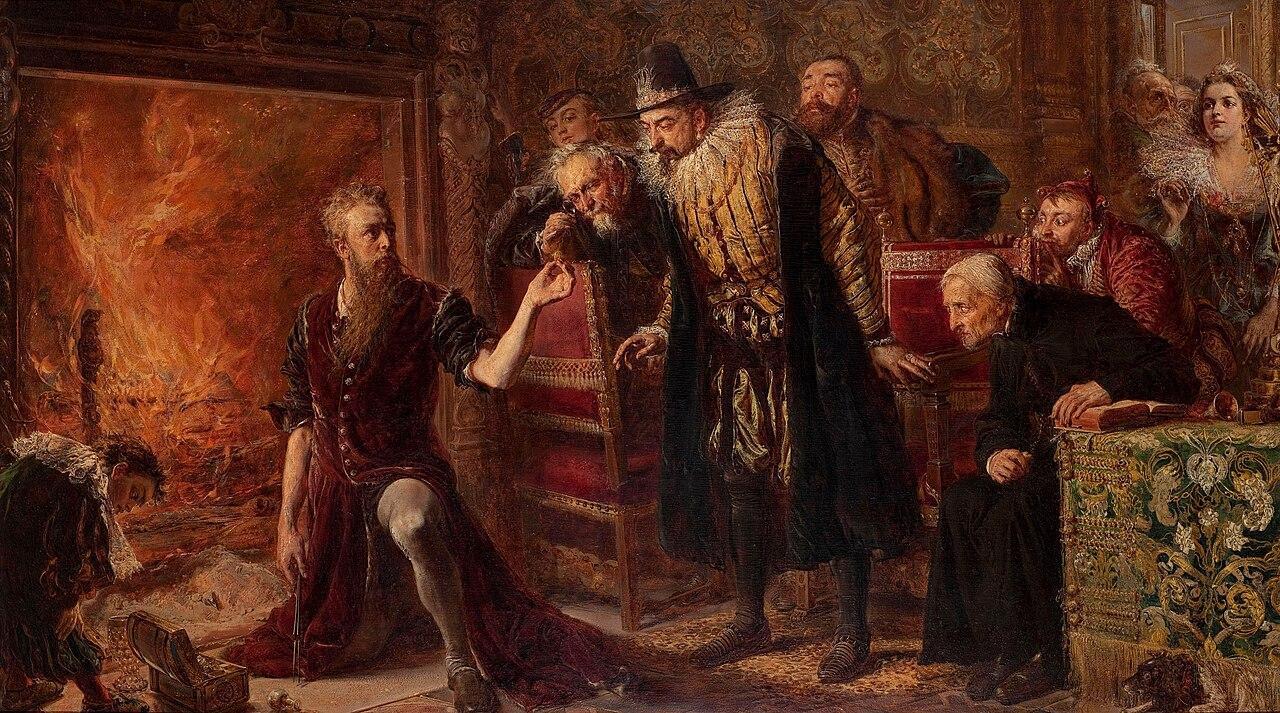
Source: Wikimedia
He added Brahe “believed that there were obvious connections between the heavenly bodies, early substances, and the body’s organs.”
